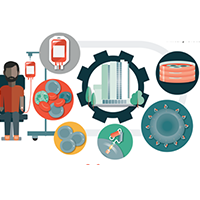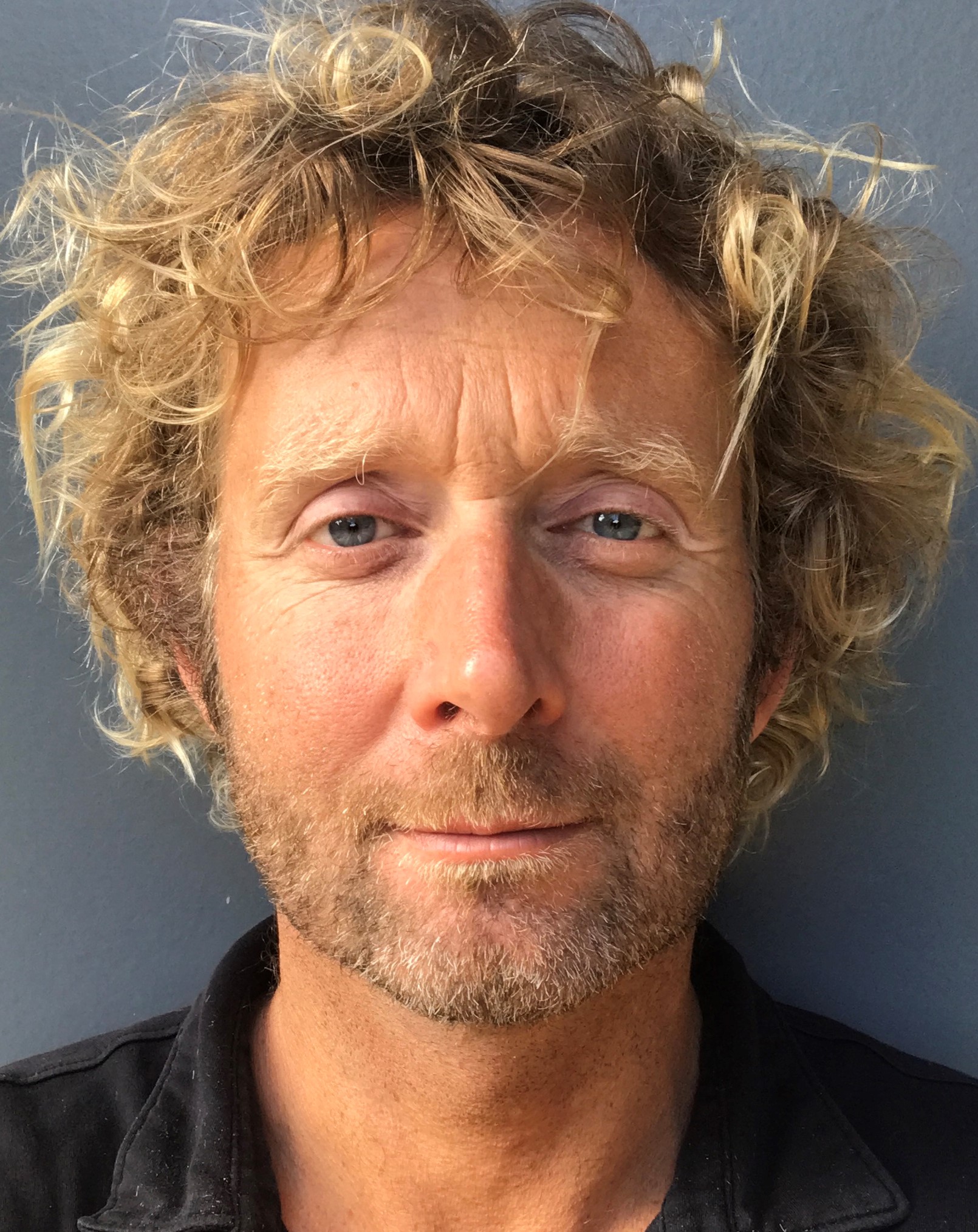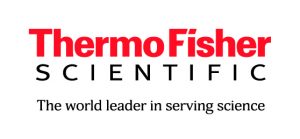Addressing the Challenges of Commercial-Scale Manufacture of Viral Vectors for CAR-T Therapies
Cell Gene Therapy Insights 2018; 4(4), 377-384.
10.18609/cgti.2018.039
Do you feel the clinical progress with CAR-T therapies is being matched by advances in manufacturing capability?
XDM: There’s tremendous promise for CAR-T therapies and with it comes an increased interest in CAR-T manufacturing. At this time, there are two main challenges impacting the manufacture of CAR-T cells: one is viral vector production and the second is the inherent variability in donor material.
Lentiviral vectors are required for the genetic modification of the T cells but there is currently a lack of harmonization in production methodologies being used for viral vector manufacture. Everyone is trying to build their own viral manufacturing capability with limited viral process development expertise which can result in a lot of unnecessary resources being consumed. Given the highly competitive nature of this sector, there’s minimal expertise sharing between companies and as such, some of the fundamental challenges and solutions to viral vector manufacturing are being siloed.
As part of this issue, lentiviral production is currently very costly – up to 40% of the total cost of goods. From our perspective, the existing platform technologies being utilized by our industry to produce genetically engineered T cells, particularly methods used to produce lentiviral vectors are not scalable or cost-effective to sustain the growing clinical demand. The common approach to generating lentiviral vectors is based on transient transfection using polyethylemine (PEI) transfection reagent into adherent human-derived HEK293 cell line in bovine serum-containing medium. Adherent cell culture systems function in that the cells are adhered to the bottom of a dish/container and then transiently transfected with viral envelope and packaging plasmids to make lentiviruses. Whilst small-scale production of lentiviruses using adherent systems is not cost prohibitive, it quickly becomes a hindrance for those performing high throughput screening studies, or moving towards clinical development and commercial use.
I therefore feel it’s necessary to move to utilizing a suspension approach to viral vector manufacturing – the move to bioreactors enables you to shift from a few liters to hundreds of liters of lentiviruses.
Furthermore, the method of transient transfection to produce these viruses is also critical. When we talk about protein or antibody production, you would create a stable cell line, for instance a CHO cell line, and that cell line keeps producing antibodies. For lentivirus production, you cannot make a stable cell line. One of the viral proteins is toxic to the cells and therefore the producer cells will simply die 3 days after transfection. This means you will need to do transient transfection every time you need lentiviruses. Again, this might be feasible for small-scale production, but once you move towards volumes above 200 liters, it becomes a real hurdle to carry out large-scale transfections and it’s an area where the field needs resolution in the next few years.
An alternative approach to the transient transfection method for lentiviral vector production is to use an inducible expression system. The viral proteins are stably inserted into the genome of the producer cell under an inducible promoter where you can induce these genes only when you need them to be expressed. Although it is a temporary solution for toxicity – you don’t really fix the problem because those cells will die after induction and you still need new cells. It’s a better solution than transient transfection, but not the truly stable system we are looking for.
The second challenge is around the robustness of T cells and variability of donor material. In an ideal manufacturing setting for an autologous therapy like CAR-T, you want robustness and no variability. However, your typical CAR-T patient will have undergone at least two rounds of chemotherapy and potentially, in the case of leukemia, bone marrow transplantation. Therefore, the quality and number of T cells you will be able to extract from their blood sample at that stage can be highly variable. To implement a manufacturing process based on this variability is very tricky. You need to do a lot of in-process controls and really adapt your culture as necessary to optimise the output, which of course requires a lot of operators.
CH: While CAR-T therapies have demonstrated remarkable promise for B-cell malignancies, and the field is poised to tackle a number of broader clinical applications, there are still a number of key manufacturing challenges surrounding commercial-scale advancements.
At CCRM we’ve begun to address some of these problems, such as high manufacturing costs and product variability, by moving towards fully closed automated pipelines with integrated analytics to reduce labor requirements and offer higher confidence products within shorter timeframes. Notably, production platforms like GE Healthcare’s FlexFactory™ Miltenyi Biotech’s CliniMACS™ Prodigy and Octane’s Cocoon™, are making promising strides in this space to offer more streamlined alternatives for manufacturing workflows.
Due to high process complexity, identification of dependable supply chains that support larger scales also factors heavily into developing robust CAR-T therapies. These scalability concerns further translate to lentiviral manufacturing, which is required for many CAR-T workflows. Thus, it is well known that a number of independent groups are developing cell lines and methods to drive high quality commercial-scale lentivirus production as a means to improve consistency of their final therapeutic product.
Dr Hirsch, you specialize in upstream lentiviral production and gene delivery technologies – it would be great if you could share some of your first-hand experience of viral vector manufacture?
CH: Lentiviral vectors continue to serve as a valuable gene delivery mechanism for a wide number of clinical trials and now market approved therapies, indicating that the ongoing challenges surrounding scalability, yield, labor and cost of the traditional adherent cell system mentioned by Xavier, need to be addressed.
As part of an internal development project at CCRM we set out to identify a cost-effective, high titer lentiviral manufacturing process with a reduced labor burden that could be readily adapted to scale-up in suspension STRs, and ultmately paired with an associated downstream lentiviral vector purifcation process.
For this purpose, we performed a small-scale screen, where two GMP accessible serum-free suspension cell lines grown in different media were assessed for lentiviral production. We transfected each cell line/media combination independently with five commercially available transfection reagents. Of the different cell lines, transfection agents and media condition tested, we identified that the LV-MAX™ Lentiviral Production System (Thermo Fisher) generated the highest titers for the lowest cost per dose.
Building on these findings and insight, we have recently initiated scale up efforts using the LV-MAX Lentiviral Production System in stirred-tank bioreactors, with the goal of translating this technology to our GMP facility which we expect to be operational in early 2019.
What new technologies and tools are in development to specifically address viral vector supply issues?
XDM: Viral vector production is a complex process. You need the right cell line, media and transfection reagents that can actually deliver up to four plasmids inside the cell and at the right efficiency; and all of these components have to be cost-effective so as to be a viable platform. It’s a much more complicated process than protein expression.
Our aim when we developed our system was to reduce the cost of virus production by improving viral titers and their expression. If we can improve the titer then we can reduce the volume requirement, which means less consumable reagents, less downstream processing time and labor. For instance, a 100-liter batch can become a 10-liter batch or even 1-liter batch if you can improve the titer 10- and 100-fold. To achieve this robustness in performance, our team spent 2 years in active development and process optimization. Our approach during development was to take a comprehensive look at each critical component in lentiviral production and bring together the best conditions. The result is our LV-MAX Lentiviral Production System: a serum-free, suspension platform technology for producing maximal lentiviral titer at different scales.
By employing design of experiment methologies, we were able to derive a holistic system comprised of a high-density suspension cell line, a robust chemically defined medium, a supplement to control cell growth, a plasmid delivery transfection reagent, and a lentiviral enhancer to boost viral titer. We also spent a significant amount of effort in developing protocols for different scales, ranging from 96-deep well block, 30 L and 250 mL shaker flasks, to larger formats. As a result of our efforts, we are obtaining positive feedback from many industry leading CAR-T drug developers and hope to support the commercialization of these therapies.
Our next step is to focus on scaling up production beyond 2 L. We are looking at ways to optimize viral production in different bioreactors, and there are a lot of factors you can optimize to really maximise production. We’re continually accumulating our knowledge in this area so we can better enable the field in accelerating lentiviral process development.
CH: Moving away from adherent cultures to suspension cell lines has simplified the lentiviral manufacturing workflow and largely solves the current scalability issues surrounding commercial lentiviral production.
Thermo Fisher’s insight to strategically combine an in-house suspension cell line with a tailored media, newly defined transfection reagent and novel enhancer has led to a synergistic elevation in lentivirus production. The LV-MAX Lentiviral Production System offers an attractive cost-effective platform to manufacture commercial lentiviruses with reduced reagent costs and labor requirements. The next important step is to demonstrate that comparable titers can be achieved within bioreactor platforms and at commercial scale.
Beyond transient transfection-based lentiviral production, there is also a lot of effort being put into development of lentiviral packaging and producer cell lines with inducible switches that control viral vector production. While cell line development timelines can be quite lengthy and may be prohibitive in certain scenarios, once established, producer cells will continue to act as another important source for cost effective commercial-scale lentiviral production.
This technology is currently geared towards early-stage development and research use – are there plans to develop this to support the commercial-scale manufacture of viral vectors?
XDM: Absolutely. Our ongoing initiative is to provide cell and gene therapy researchers with tools that allow for a seamless transition from discovery, to translational and commercial scale manufacture. This means not only extending our existing research-use only products with a comparable Cell Therapy System (CTS) standard equivalence, but also ensuring newly launched products will have a path towards supporting commercial therapeutic usage. As a CTS product, this means we provide maximal product-specific regulatory support to facilitate IND filings and a clear path for supply continuity.
From the promising LV-MAX feedback we’ve received, we will be launching the CTS LV-MAX version soon. Once available, all components, including the cell line, will be GMP manufactured. We can work with those interested in CTS LV-MAX to allow for early access prior to product release now.
From a technology support standpoint, we continually generate application data at large scale. To date, we have generated a detailed protocol in stirred tank bioreactors. However, our R&D scientists are also working on a rocker bag format.
Thinking even longer term, the lentivirus approach will decrease in popularity. At the end of the day you’re using lentiviruses because you need to introduce a piece of DNA into the T cells’ genome. There are other, better systems that can do the same thing without having to use a virus. One approach for example is using electroporation with the help of gene editing tools, in which you can specifically cut a region in the genome and safely insert your CAR-T construct. The advantage of such an approach is that you can control the insertions. Lentiviruses or retroviruses tend to have random insertions, which may lead to unintended effects if inserted in a locus encoding for another gene and sometimes the CAR-T can disrupt another gene and affect the cell. The gene editing approach will allow you to direct the gene to a specific location and this will evolve as a technology of the future.
When using a lentivirus approach for CAR-T cells, you not only need to take care of the T cells, but also need to produce your lentiviruses in parallel. Whereas for an electroporation system, you can integrate the system in the same manufacturing so that everything can be done in line.
One challenge with electroporation approach right now is that the efficiency of insertion into the T cells is not as good as lentiviruses, but if we can find a way to improve that efficiency we think it will ultimately disrupt lentiviruses.
To that end, we’re now working on improving the efficiency of electroporation, and have seen some very exciting results internally where we already achieved efficiency of insertion rate almost as good as lentiviruses. Our next step is building the set of tools and reagents for electroporation to allow manufacturing of those cells.
One challenge is that a lot of electroporation tools or media are not currently ready to be integrated into a GMP manufacturing environment. We have developed our selection of GMP grade products called Cell Therapy System, and our priority is to develop the electroporation tools to CTS standards. It will also be essential to develop larger scale electroporation technologies as the existing devices are typically small scale.
What do you see as some of the key challenges of moving from early/research-stage manufacture of cell and gene therapies through to commercial scale?
CH: The inherent complexity of cell and gene therapy manufacturing has uncovered many challenges. The ability to adequately scale and close processes without altering the final therapeutic product will be key. Furthermore, securing a robust supply chain early that can grow with the manufacturing process and meet GMP requirements for a workable cost is also an important consideration. As part of the Centre for Advanced Therapeutic Cell Technologies (CATCT), a collaborative venture between CCRM, GE Healthcare and the Federal Economic Development Agency for Southern Ontario (FedDev Ontario), we are actively focussed on solving manufacturing challenges, such as those linked to lentiviral production that will help clients overcome manufacturing hurdles through our process development services.
Where do you feel additional opportunities exist to support the commercial-scale manufacture of cell and gene therapies?
XDM: For the cell and gene therapy industry Thermo Fisher is more well known as a research tools provider; however we have been supporting cell and gene therapy developers with our GMP grade reagents for decades and are investing to further expand our portfolio to help ease our customer’s transition from research all the way through to commercial manufacturing.
Cell therapy developers need to go from research stage to the clinic very rapidly. We are focused on expanding our portfolio of regulatory compliant reagents by utilizing Quality by Design throughout our product development process, which encompasses not only enabling commercial use rights to avoid future roadblocks but also enabling continuity of supply of our most critical raw materials.
Affiliation
Calley Hirsch, Development Scientist II, CCRM, Toronto, Canada.
Xavier de Mollerat du Jeu, Director of R&D for Cell Biology and Transfection, Thermo Fisher Scientific.
This work is licensed under a Creative Commons Attribution- NonCommercial – NoDerivatives 4.0 International License.




